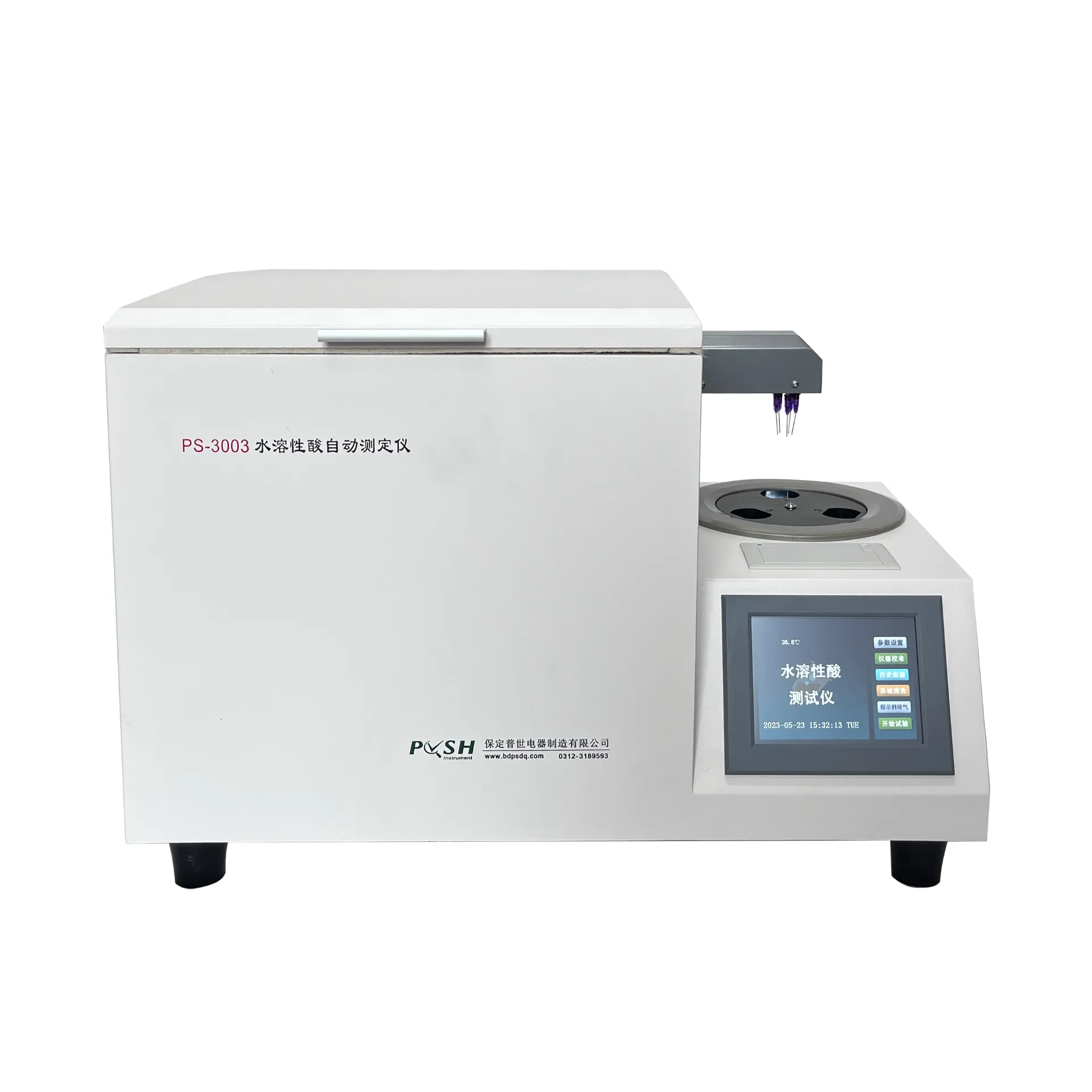TEL:
+86-0312-3189593
 English
English

Telephone:0312-3189593

Email:sales@oil-tester.com

-
 Afrikaans
Afrikaans -
 Albanian
Albanian -
 Amharic
Amharic -
 Arabic
Arabic -
 Armenian
Armenian -
 Azerbaijani
Azerbaijani -
 Basque
Basque -
 Belarusian
Belarusian -
 Bengali
Bengali -
 Bosnian
Bosnian -
 Bulgarian
Bulgarian -
 Catalan
Catalan -
 Cebuano
Cebuano -
 China
China -
 China (Taiwan)
China (Taiwan) -
 Corsican
Corsican -
 Croatian
Croatian -
 Czech
Czech -
 Danish
Danish -
 Dutch
Dutch -
 English
English -
 Esperanto
Esperanto -
 Estonian
Estonian -
 Finnish
Finnish -
 French
French -
 Frisian
Frisian -
 Galician
Galician -
 Georgian
Georgian -
 German
German -
 Greek
Greek -
 Gujarati
Gujarati -
 Haitian Creole
Haitian Creole -
 hausa
hausa -
 hawaiian
hawaiian -
 Hebrew
Hebrew -
 Hindi
Hindi -
 Miao
Miao -
 Hungarian
Hungarian -
 Icelandic
Icelandic -
 igbo
igbo -
 Indonesian
Indonesian -
 irish
irish -
 Italian
Italian -
 Japanese
Japanese -
 Javanese
Javanese -
 Kannada
Kannada -
 kazakh
kazakh -
 Khmer
Khmer -
 Rwandese
Rwandese -
 Korean
Korean -
 Kurdish
Kurdish -
 Kyrgyz
Kyrgyz -
 Lao
Lao -
 Latin
Latin -
 Latvian
Latvian -
 Lithuanian
Lithuanian -
 Luxembourgish
Luxembourgish -
 Macedonian
Macedonian -
 Malgashi
Malgashi -
 Malay
Malay -
 Malayalam
Malayalam -
 Maltese
Maltese -
 Maori
Maori -
 Marathi
Marathi -
 Mongolian
Mongolian -
 Myanmar
Myanmar -
 Nepali
Nepali -
 Norwegian
Norwegian -
 Norwegian
Norwegian -
 Occitan
Occitan -
 Pashto
Pashto -
 Persian
Persian -
 Polish
Polish -
 Portuguese
Portuguese -
 Punjabi
Punjabi -
 Romanian
Romanian -
 Russian
Russian -
 Samoan
Samoan -
 Scottish Gaelic
Scottish Gaelic -
 Serbian
Serbian -
 Sesotho
Sesotho -
 Shona
Shona -
 Sindhi
Sindhi -
 Sinhala
Sinhala -
 Slovak
Slovak -
 Slovenian
Slovenian -
 Somali
Somali -
 Spanish
Spanish -
 Sundanese
Sundanese -
 Swahili
Swahili -
 Swedish
Swedish -
 Tagalog
Tagalog -
 Tajik
Tajik -
 Tamil
Tamil -
 Tatar
Tatar -
 Telugu
Telugu -
 Thai
Thai -
 Turkish
Turkish -
 Turkmen
Turkmen -
 Ukrainian
Ukrainian -
 Urdu
Urdu -
 Uighur
Uighur -
 Uzbek
Uzbek -
 Vietnamese
Vietnamese -
 Welsh
Welsh -
 Bantu
Bantu -
 Yiddish
Yiddish -
 Yoruba
Yoruba -
 Zulu
Zulu
பிப் . 01, 2025 03:29
Back to list
capacitance and tan delta test of transformer
The bushing tan delta test, also known as the dissipation factor test, is a crucial diagnostic tool in the electrical industry, specifically for assessing the condition of insulating materials in electrical equipment like transformers and switchgears. This test is paramount in maintaining operational efficiency and safety, minimizing downtime, and preventing costly failures. Drawing upon years of expertise in electrical engineering and diagnostics, here's an insightful look into this essential procedure.
Trustworthiness in this realm is built upon the meticulous adherence to testing standards and guidelines set by industry authorities such as IEEE and IEC. Following these guidelines not only ensures accurate and consistent test results but also fortifies the organization's reputation as a credible player in the industry. Clients rely heavily on reported data to make potentially costly decisions, thus adherence to these standards builds trust. Moreover, documentation and thorough recording of test results establish a historical performance record for equipment. This data can be pivotal in identifying trends, diagnosing recurrent issues, and forming long-term solutions—reinforcing the authoritative position of any organization in the electrical engineering domain. From an experiential standpoint, real-world case studies of bushing tan delta tests can enhance understanding and demonstrate the practical value of the process. For example, a large-scale power utility company reported a 30% reduction in transformer failures over a five-year period following an implementation of regular tan delta testing. This case highlights not only the financial and operational benefits but also underscores the test as an investment in infrastructure resilience and safety. As technology advances, the bushing tan delta test continues to evolve. Innovations in test equipment now allow for more precise readings and broader data ranges, empowering engineers with the tools to offer even deeper insights into equipment health. Staying abreast of these technological advancements is essential for maintaining a competitive edge within the industry. To summarize, the bushing tan delta test stands as a cornerstone in electrical equipment diagnostics, offering a non-invasive, reliable, and insightful assessment of insulation integrity. Expertise in conducting and interpreting these tests compounds the value of this diagnostic tool, helping organizations maintain operational efficiency and prevent losses. By adhering to established standards, documenting test history, and leveraging technological advancements, companies fortify their position as trusted, authoritative entities in the electrical engineering landscape.


Trustworthiness in this realm is built upon the meticulous adherence to testing standards and guidelines set by industry authorities such as IEEE and IEC. Following these guidelines not only ensures accurate and consistent test results but also fortifies the organization's reputation as a credible player in the industry. Clients rely heavily on reported data to make potentially costly decisions, thus adherence to these standards builds trust. Moreover, documentation and thorough recording of test results establish a historical performance record for equipment. This data can be pivotal in identifying trends, diagnosing recurrent issues, and forming long-term solutions—reinforcing the authoritative position of any organization in the electrical engineering domain. From an experiential standpoint, real-world case studies of bushing tan delta tests can enhance understanding and demonstrate the practical value of the process. For example, a large-scale power utility company reported a 30% reduction in transformer failures over a five-year period following an implementation of regular tan delta testing. This case highlights not only the financial and operational benefits but also underscores the test as an investment in infrastructure resilience and safety. As technology advances, the bushing tan delta test continues to evolve. Innovations in test equipment now allow for more precise readings and broader data ranges, empowering engineers with the tools to offer even deeper insights into equipment health. Staying abreast of these technological advancements is essential for maintaining a competitive edge within the industry. To summarize, the bushing tan delta test stands as a cornerstone in electrical equipment diagnostics, offering a non-invasive, reliable, and insightful assessment of insulation integrity. Expertise in conducting and interpreting these tests compounds the value of this diagnostic tool, helping organizations maintain operational efficiency and prevent losses. By adhering to established standards, documenting test history, and leveraging technological advancements, companies fortify their position as trusted, authoritative entities in the electrical engineering landscape.
Previous:
Latest news
-
Testing Equipment Industry Sees Major Advancements in 2025: Smart & Precision Technologies Lead the WayNewsJun.06,2025
-
Applications of Direct Current Generators in Renewable Energy SystemsNewsJun.05,2025
-
Hipot Tester Calibration and Accuracy GuidelinesNewsJun.05,2025
-
Digital Circuit Breaker Analyzer Features and BenefitsNewsJun.05,2025
-
Benefits of Real-Time Power Quality Monitoring Devices for Industrial EfficiencyNewsJun.05,2025
-
Earth Fault Loop Testing in High-Rise Building Electrical SystemsNewsJun.05,2025



